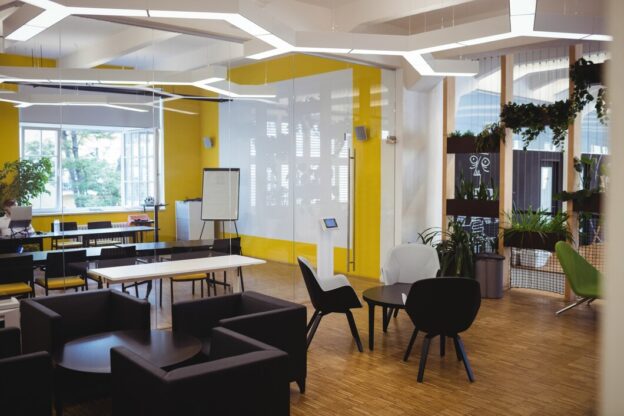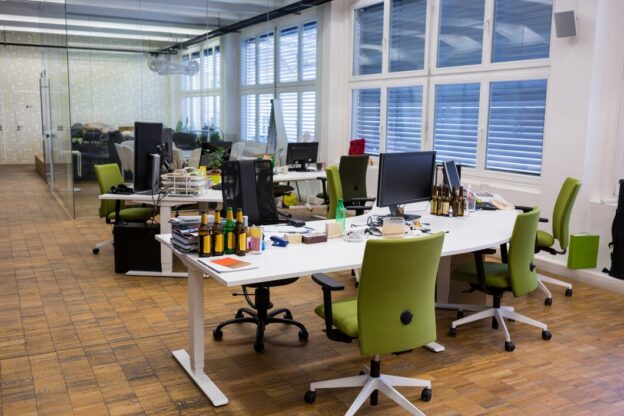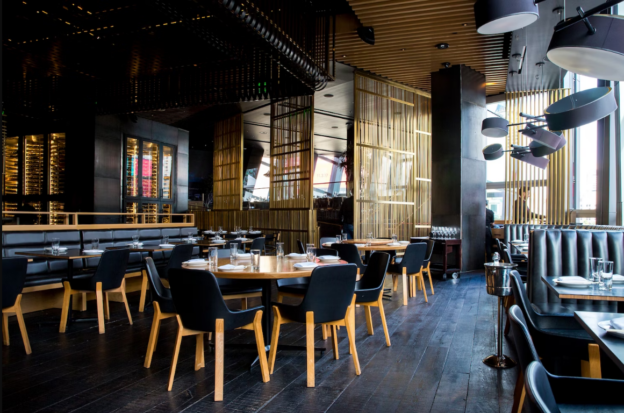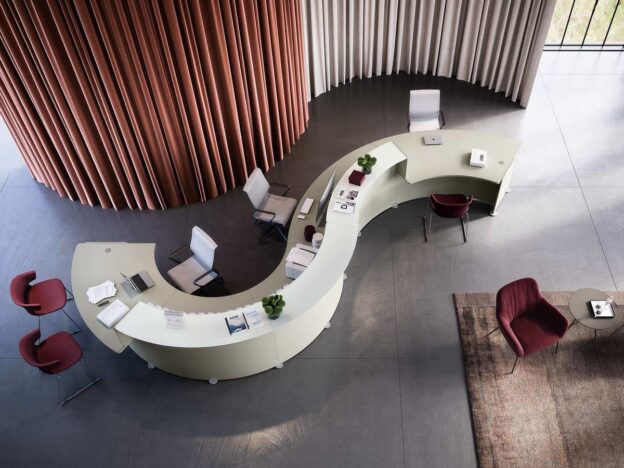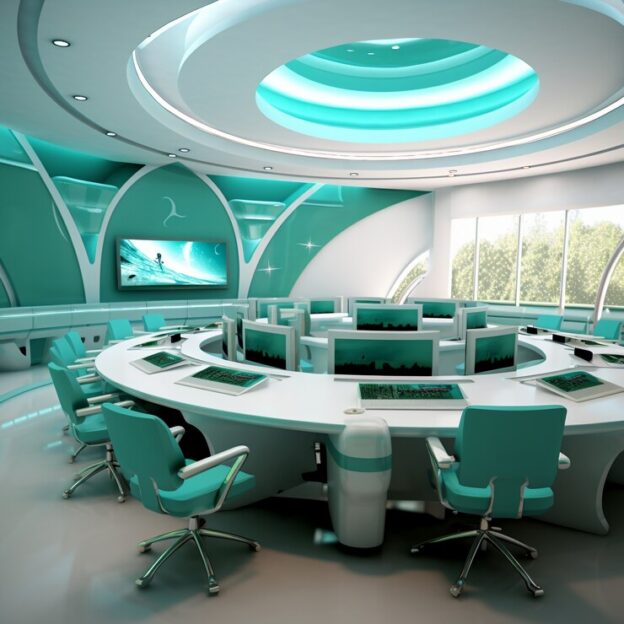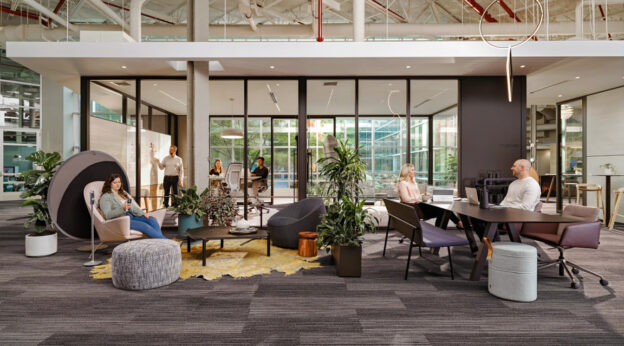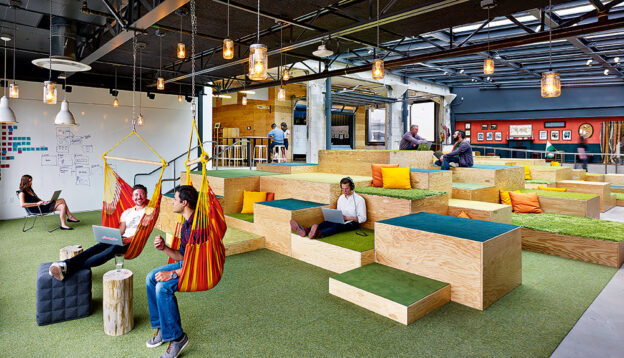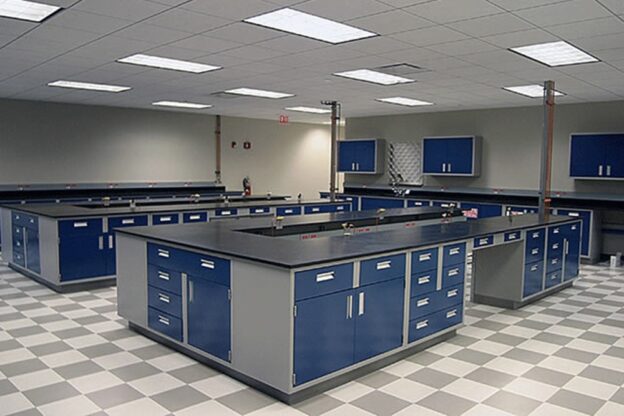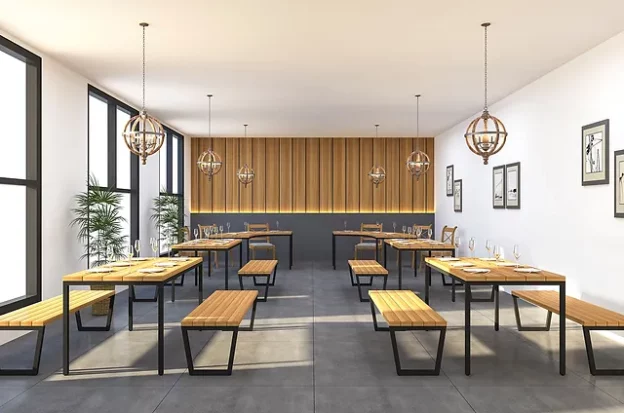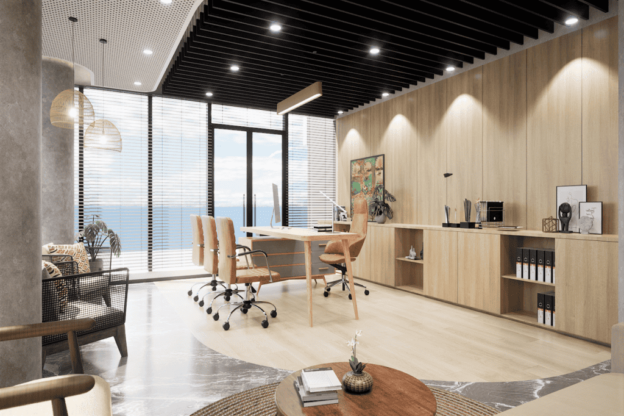In today’s competitive business environment, the design and aesthetic of your office space play a significant role in reflecting your brand’s identity and creating a conducive work environment. Modern furniture fit-outs offer a sleek, functional, and aesthetically pleasing solution to elevate your office design. In this blog post, we’ll explore key strategies for incorporating modern furniture into your office space to enhance its aesthetic appeal.
1. Embrace Minimalism
Minimalism is at the heart of modern design. By embracing a minimalist approach, you can create an uncluttered, clean, and visually appealing office space. Here’s how:
- Declutter: Remove unnecessary items and keep only essential pieces.
- Clean Lines: Opt for furniture with clean, straight lines and simple forms.
- Neutral Colors: Use a neutral color palette to create a calm and professional atmosphere.
2. Incorporate Multi-Functional Furniture
Modern office spaces often require versatility. Multi-functional furniture pieces can help maximize space and functionality:
- Convertible Desks: Desks that can transform into standing workstations.
- Modular Seating: Seating that can be rearranged to suit different needs and configurations.
- Storage Solutions: Furniture with built-in storage to keep the space tidy and organized.
3. Focus on Ergonomics
Ergonomic furniture is essential for employee health and productivity. Modern furniture fit-outs prioritize ergonomics without compromising on style:
- Adjustable Chairs: Chairs with adjustable height, lumbar support, and armrests.
- Sit-Stand Desks: Desks that allow employees to alternate between sitting and standing.
- Ergonomic Accessories: Keyboard trays, monitor stands, and footrests to enhance comfort.
4. Integrate Technology
Modern offices rely heavily on technology. Furniture that integrates seamlessly with technology can improve efficiency and reduce clutter:
- Cable Management: Desks and workstations with built-in cable management systems.
- Power Outlets: Furniture with integrated power outlets and USB ports for easy device charging.
- Smart Furniture: Pieces that incorporate smart technology, such as adjustable lighting and heating.
5. Use Sustainable Materials
Sustainability is a growing concern in modern office design. Choosing furniture made from sustainable materials can enhance your office’s aesthetic while promoting environmental responsibility:
- Recycled Materials: Furniture made from recycled or repurposed materials.
- Eco-Friendly Finishes: Low-VOC paints and finishes that reduce indoor air pollution.
- Sustainable Sourcing: Furniture sourced from companies that prioritize sustainability and ethical practices.
6. Create Collaborative Spaces
Modern work environments thrive on collaboration. Design your office with spaces that encourage teamwork and creativity:
- Open Layouts: Open-plan offices that foster communication and collaboration.
- Breakout Areas: Informal seating areas for brainstorming and casual meetings.
- Flexible Meeting Rooms: Rooms with modular furniture that can be reconfigured for different purposes.
7. Add Personal Touches
While modern design often emphasizes minimalism, personal touches can add character and warmth to your office:
- Artwork: Incorporate art pieces that reflect your brand’s personality and values.
- Greenery: Use plants to bring life and freshness to the space.
- Decorative Accents: Small, thoughtful decor items that add interest without overwhelming the space.
Conclusion
Elevating your office aesthetic with modern furniture fit-outs involves a balance of functionality, style, and sustainability. By embracing minimalism, incorporating multi-functional and ergonomic furniture, integrating technology, using sustainable materials, creating collaborative spaces, and adding personal touches, you can design an office that not only looks great but also enhances productivity and employee well-being. Transform your workspace into a modern, efficient, and inspiring environment that reflects your brand and supports your business goals.
